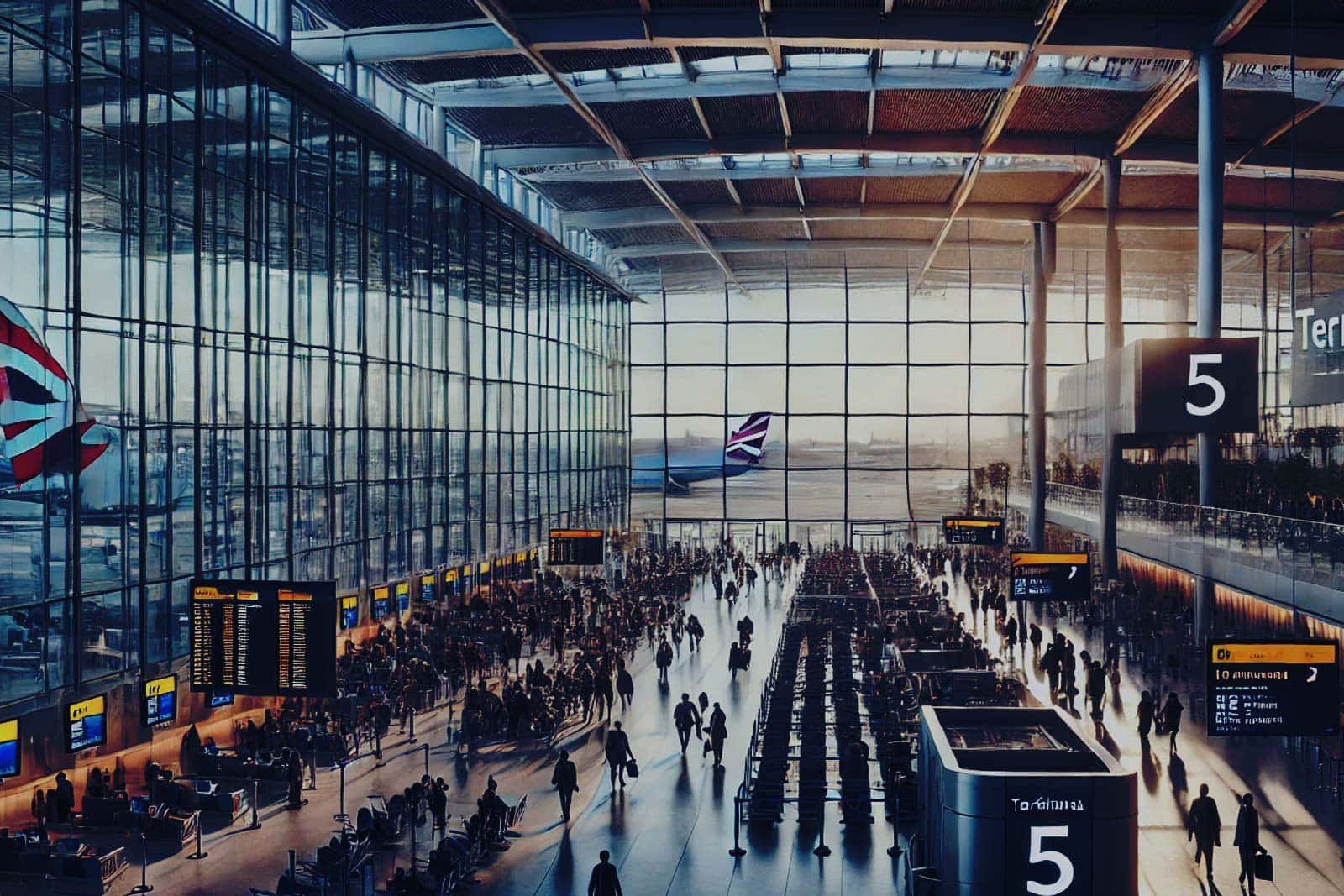The burning issue at London Heathrow
Hours after we’d marked the fifth anniversary of the start of Lockdown, Heathrow woke us all with a bang in the early hours when a sub-station exploded, closing the airport for the first time since 2010 and proving you’re never too far away from the next travel disruption.
Within 20 minutes of the rude awakening at 4 am, my team was receiving calls from anxious clients, and so began a very long day. Many airlines, though, just switched off their website functions except for the button marked refund.
Simply getting your money back isn’t much help in these situations; there’s no point securing your £500 refund if you’re 2,500 miles away, hotel rooms have suddenly quadrupled in price, and the only flight home is £1,500.
It’s at times like this when you need a travel management company (TMC). By mid-morning, we had every passenger re-protected, whether at their destination or at their origin point. Then, the calls started coming in from those travelling in the next few days who realised their aircraft and crew would probably be in the wrong place. What began as a 10% addition to our usual out-of-hours call volumes soon turned into 15x, as clients who weren’t immediately affected rang us to see if they would be.
The hours passed, and around midday, we knew we were getting it right because clients who had booked with other TMCs or who had tried to fix the problem online contacted us. I believe that having a good TMC means somebody is there to jump the queue for you and without sounding too self-congratulatory, I think we did our job. I think the airlines did too, despite my grumble about them dishing out refunds in the hope some customers would take the money and run off.
I also seem to be a rare voice in thinking Heathrow staged a good recovery. Although I think the chief executive, Thomas Woldbye, maybe shouldn’t have admitted he went back to bed after he was alerted to the situation. That’s not a good look.
Naturally, everyone used the opportunity to bash Heathrow’s response to the blaze. Yes, I question the wisdom of having a backup power plant very close to the main one – meaning it also caught fire – but I think the airport’s staff excelled themselves. Just ask yourself how many of the world’s major airports would have got most of their passengers back into the skies within 24 hours like Heathrow did? Not many, I’ll wager.
The last time there was a meltdown at Heathrow was when Terminal 5 opened and the baggage system failed. I was watching this on TV in a tiny airport on a Malaysian island. Yes, it looked bad, but it struck me that at least the whole world knew Heathrow now had a sparkly new terminal, and that in itself was a good advert for UK PLC.
I think it’s a similar thing this time; everyone on the planet saw how important the airport is globally, and it hammered home how the UK has such an advantage being situated between North America and Europe. They also saw how quickly the airport recovered. Maybe there really is no such thing as bad publicity
Get in touch to discuss your business travel requirements today.

